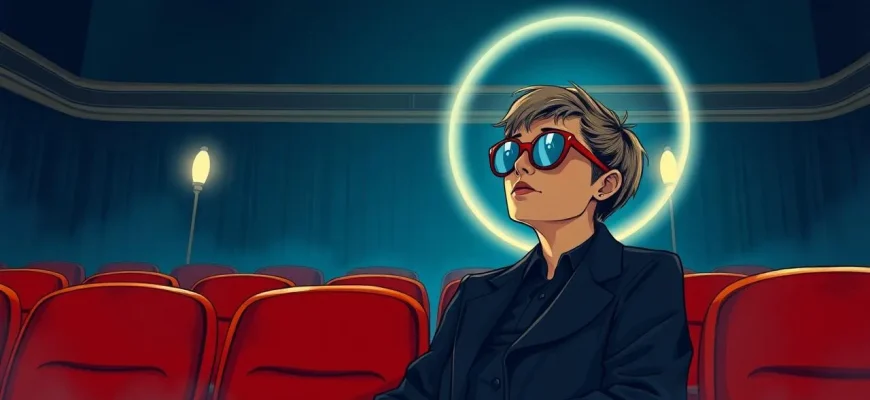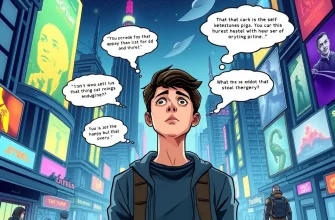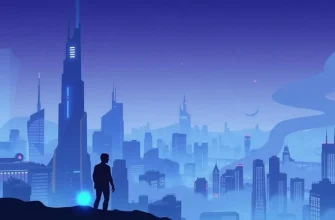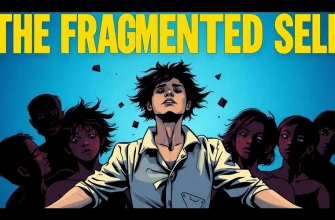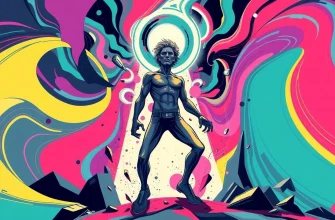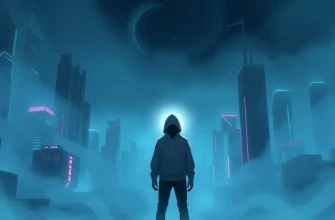Fancy a cinematic journey where reality bends and twists in the most unexpected ways? This curated list of ten sci-fi films delves into the fascinating theme of hallucinations, offering viewers a unique blend of psychological thrills and speculative fiction. From mind-bending plots to surreal visuals, these films not only entertain but also challenge our perception of what's real and what's not. Whether you're a fan of cerebral sci-fi or just looking for something to make you question your own reality, this collection is sure to captivate and intrigue.
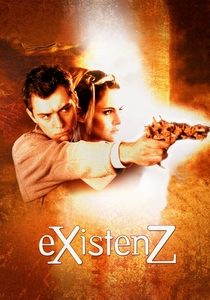
eXistenZ (1999)
Description: David Cronenberg's film explores a virtual reality game where players can't distinguish between the game and reality, leading to hallucinatory experiences.
Fact: The film's title is a play on the word "existence." Also, the game pods used in the film were designed to look like organic, living things.
 Watch Now
Watch Now
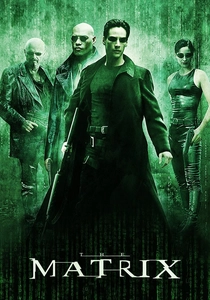
The Matrix (1999)
Description: While not strictly about hallucinations, the film's virtual reality concept creates a world where characters question what is real, leading to hallucinatory experiences.
Fact: The film's "bullet time" effect was revolutionary, and the Wachowskis had to develop new technology to achieve it. Also, the idea for the film was inspired by the works of Jean Baudrillard.
 Watch Now
Watch Now
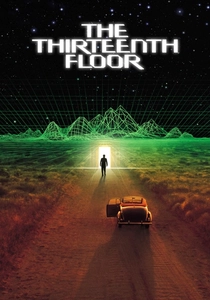
The Thirteenth Floor (1999)
Description: This film delves into virtual reality simulations where characters question their own reality, leading to a complex web of hallucinations and identity crises.
Fact: The film was released the same year as "The Matrix," leading to comparisons between the two. Also, it's based on the novel "Simulacron-3" by Daniel F. Galouye.
 Watch Now
Watch Now
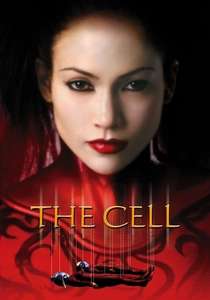
The Cell (2000)
Description: A psychologist enters the mind of a comatose serial killer to find his latest victim, experiencing his hallucinations and nightmares in a visually stunning journey.
Fact: The film's visual effects were groundbreaking for its time, earning an Academy Award nomination. Also, Jennifer Lopez's character was originally written for Jodie Foster.
 Watch Now
Watch Now
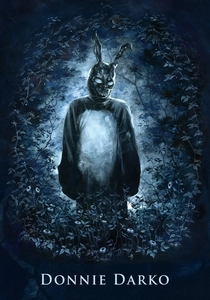
Donnie Darko (2001)
Description: This cult classic features a teenager experiencing visions of a rabbit-costumed figure, leading to a complex narrative involving time travel and hallucinations.
Fact: The film was shot in just 28 days. Also, the song "Mad World" by Tears for Fears was re-recorded by Gary Jules for the film's soundtrack, becoming a hit.
 Watch Now
Watch Now
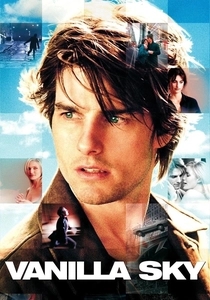
Vanilla Sky (2001)
Description: A remake of the Spanish film "Abre los ojos," this film follows a man who wakes up to a world where reality and dreams are indistinguishable, leading to a mind-bending exploration of hallucinations.
Fact: Tom Cruise's character was inspired by David Aames, a real-life friend of the director Cameron Crowe. Also, the film's ending was intentionally left ambiguous to provoke discussion.
 Watch Now
Watch Now
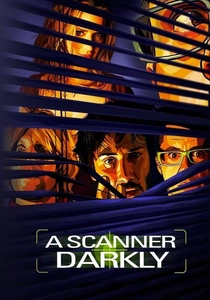
A Scanner Darkly (2006)
Description: Based on Philip K. Dick's novel, this animated film uses rotoscoping to depict a world where drug-induced hallucinations blur the line between undercover cop and drug addict.
Fact: The film's animation style was chosen to reflect the disorienting effects of the drug "Substance D" on the characters. Also, Keanu Reeves and Robert Downey Jr. both voiced their characters.
 Watch Now
Watch Now
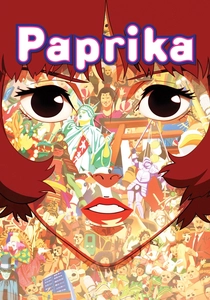
Paprika (2006)
Description: Satoshi Kon's anime masterpiece follows a device that allows therapists to enter patients' dreams, leading to a surreal exploration of hallucinations and reality.
Fact: The film was one of Kon's last works before his untimely death. Also, it influenced many filmmakers, including Christopher Nolan for "Inception."
 Watch Now
Watch Now

Shutter Island (2010)
Description: Martin Scorsese's thriller involves a detective investigating a psychiatric facility, where reality and hallucinations intertwine, leading to a shocking revelation.
Fact: The film was shot on location at the former Medfield State Hospital in Massachusetts. Also, Leonardo DiCaprio's character was originally written for Robert De Niro.
 Watch Now
Watch Now
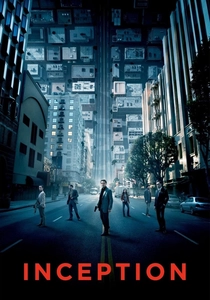
Inception (2010)
Description: Christopher Nolan's masterpiece explores the concept of dream infiltration, where the line between reality and dreams becomes indistinct, leading to a cascade of hallucinations.
Fact: The film required the creation of a new word, "inception," to describe the act of planting an idea in someone's mind. Also, the spinning top in the film was actually Nolan's own personal totem.
 Watch Now
Watch Now

